Remdesivir Intermediate CAS 1770840-43-1 4-Amino-7-iodopyrrolo[2,1-f][1,2,4]triazine COVID-19
Manufacturer Commercial Supply Remdesivir and Related Intermediates with High Quality
Remdesivir CAS 1809249-37-3
2-Ethyl-1-butanol CAS 97-95-0
Trimethylsilyl Cyanide CAS 7677-24-9
4-Nitrophenol CAS 100-02-7
2-Ethylbutyl ((S)-(perfluorophenoxy)(phenoxy)phosphoryl)-L-alaninate CAS 1911578-98-7
N-[(S)-(4-nitrophenoxy)phenoxyphosphinyl]-L-Alanine 2-ethylbutyl ester CAS 1354823-36-1
(S)-2-Ethylbutyl 2-Aminopropanoate Hydrochloride CAS 946511-97-3
Remdesivir Metabolite (GS-441524) CAS 1191237-69-0
Remdesivir N-2 Intermediate CAS 1191237-80-5
2,3,5-Tri-O-benzyl-D-ribonolactone CAS 55094-52-5
7-Bromopyrrolo[2,1-f][1,2,4]triazin-4-amine CAS 937046-98-5
Pyrrolo[1,2-F][1,2,4]Triazin-4-Amine CAS 159326-68-8
4-Amino-7-iodopyrrolo[2,1-f][1,2,4]triazine CAS 1770840-43-1
| Chemical Name | 4-Amino-7-iodopyrrolo[2,1-f][1,2,4]triazine |
| Synonyms | 7-Iodopyrrolo[2,1-f][1,2,4]triazin-4-amine; Remdesivir-004; Remdesivir Impurity 30 |
| CAS Number | 1770840-43-1 |
| CAT Number | RF-PI304 |
| Stock Status | In Stock, Production Scale Up to Hundreds of Kilograms |
| Molecular Formula | C6H5IN4 |
| Molecular Weight | 260.04 |
| Brand | Ruifu Chemical |
| Item | Specifications |
| Appearance | Light Yellow to Brown Powder |
| Infrared Spectrum | Conforms to Structure |
| Purity | ≥98.0% (HPLC) |
| Loss on Drying | ≤0.50% |
| Single Impurity | ≤0.50% |
| Heavy Metals | ≤20ppm |
| Test Standard | Enterprise Standard |
| Usage | Intermediate of Remdesivir (CAS 1809249-37-3) |
Package: Bottle, Aluminum foil bag, Cardboard drum, 25kg/Drum, or according to customer's requirement.
Storage Condition: Store in sealed containers at cool and dry place; Protect from light, moisture and pest infestation.


4-Amino-7-iodopyrrolo[2,1-f][1,2,4]triazine (CAS 1770840-43-1) is an Intermediate of Remdesivir (CAS 1809249-37-3). Remdesivir is an antiviral compound used to inhibit the action of RNA polymerase. Remdesivir was originally investigated as a treatment for Ebola virus, but has potential to treat a variety of RNA viruses. Its activity against the coronavirus (CoV) family of viruses, such as SARS-CoV and MERS-CoV, was described in 2017, and it is also being investigated as a potential treatment for SARS-CoV-2 infections.
-
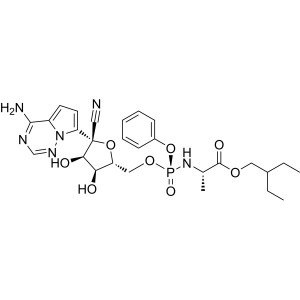
Remdesivir GS-5734 CAS 1809249-37-3 COVID-19 AP...
-
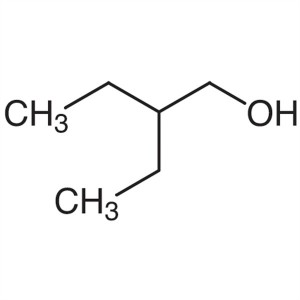
2-Ethyl-1-butanol CAS 97-95-0 Remdesivir Interm...
-
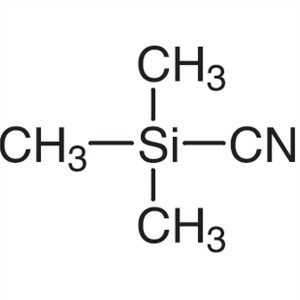
Trimethylsilyl Cyanide TMSCN CAS 7677-24-9 Assa...
-
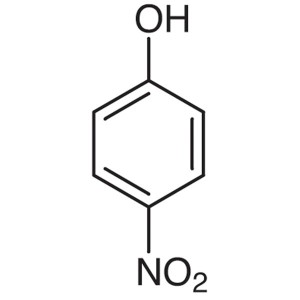
4-Nitrophenol CAS 100-02-7 High Quality Factory
-
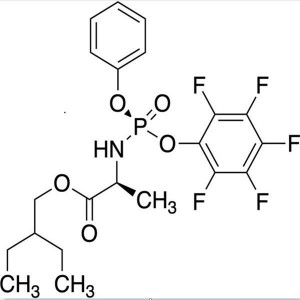
Remdesivir Intermediate CAS 1911578-98-7 2-Ethy...
-
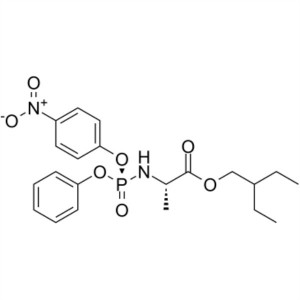
Remdesivir Intermediate CAS 1354823-36-1 COVID-19
-
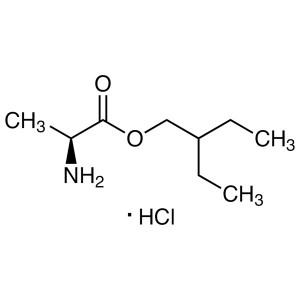
Remdesivir Intermediate CAS 946511-97-3 COVID-1...
-
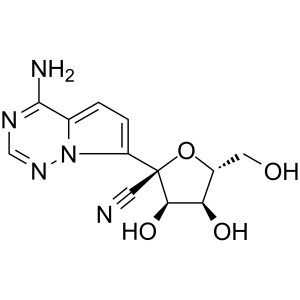
Remdesivir Metabolite (GS-441524) CAS 1191237-6...
-
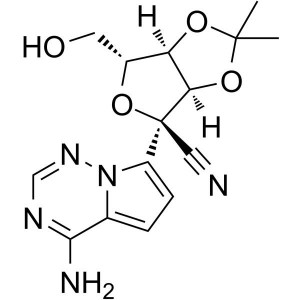
Remdesivir N-2 Intermediate CAS 1191237-80-5 CO...
-
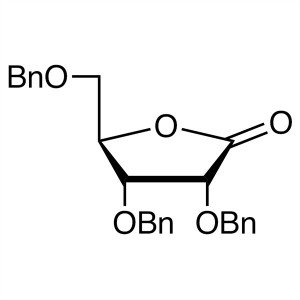
2,3,5-Tri-O-benzyl-D-ribonolactone CAS 55094-52...
-
![7-Bromopyrrolo[2,1-f][1,2,4]triazin-4-amine CAS 937046-98-5 Remdesivir Intermediate COVID-19](https://www.ruifuchem.com/uploads/7-Bromopyrrolo21-f124triazin-4-amine-CAS-937046-98-51-300x300.jpg)
7-Bromopyrrolo[2,1-f][1,2,4]triazin-4-amine CAS...
-
![Pyrrolo[1,2-F][1,2,4]Triazin-4-Amine CAS 159326-68-8 Remdesivir Intermediate COVID-19](https://www.ruifuchem.com/uploads/CAS-159326-68-8-300x300.png)
Pyrrolo[1,2-F][1,2,4]Triazin-4-Amine CAS 159326...
-
![Remdesivir Intermediate CAS 1770840-43-1 4-Amino-7-iodopyrrolo[2,1-f][1,2,4]triazine COVID-19](https://www.ruifuchem.com/uploads/Remdesivir-Intermediate-CAS-1770840-43-1-4-Amino-7-iodopyrrolo21-f124triazine-COVID-19-300x300.jpg)
Remdesivir Intermediate CAS 1770840-43-1 4-Amin...

![Remdesivir Intermediate CAS 1770840-43-1 4-Amino-7-iodopyrrolo[2,1-f][1,2,4]triazine COVID-19 Featured Image](https://www.ruifuchem.com/uploads/Remdesivir-Intermediate-CAS-1770840-43-1-4-Amino-7-iodopyrrolo21-f124triazine-COVID-19.jpg)